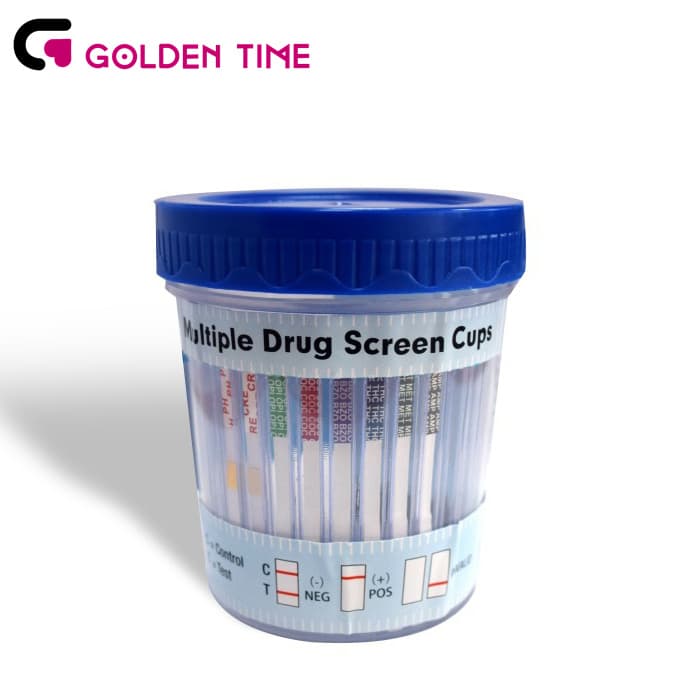
Jul . 31, 2024 04:28 Back to list
Understanding Typhoid Testing Levels and Their Implications for Public Health and Safety
Understanding Typhoid Test Levels Importance, Methods, and Interpretations
Typhoid fever, caused by the bacterium *Salmonella enterica* serotype Typhi, remains a significant public health concern in many parts of the world, particularly in developing countries where sanitation and clean water access may be inadequate. Understanding typhoid test levels is crucial for timely diagnosis, effective treatment, and controlling the disease's spread.
Testing for Typhoid Fever
There are several methods to diagnose typhoid fever, with blood culture being the gold standard. Other diagnostic tests include antigen detection, serological tests, and molecular methods such as polymerase chain reaction (PCR). When conducting these tests, understanding the 'test levels' often refers to the degree of infection or the quantification of the organism present in the patient's body.
Blood cultures typically show positive results within the first week of illness, as the bacteria proliferate in the bloodstream. The levels in our tests can indicate the severity of the infection and guide treatment decisions. Early identification of typhoid fever is critical, as the condition can lead to severe complications, including intestinal perforation or hemorrhage, if not adequately managed.
Interpreting Typhoid Test Levels
When discussing test results, it's essential to comprehend the significance of various levels reported. A positive blood culture indicates a confirmed case of typhoid fever, while antigen detection tests can provide faster results, though they may be less specific than blood cultures. For instance, a qualitative test may indicate the presence of *Salmonella* antigens, suggesting an active infection, but a quantitative measurement could help ascertain the infection's intensity.
typhoid test levels

In some cases, serological tests such as the Widal test are employed, which measure agglutinins against O and H antigens of *Salmonella Typhi*. However, the interpretation of serological test levels can be complex due to cross-reactivity with other infections and prior vaccinations. Thus, healthcare providers must consider clinical symptoms and epidemiological history alongside test results for an accurate diagnosis.
Public Health Implications
Understanding typhoid test levels has broader public health implications. In endemic areas, consistent monitoring of cases and the resulting test levels can help detect outbreaks early. Public health officials can utilize this data to implement control measures, such as improving water quality, enhancing sanitation infrastructure, and promoting vaccination campaigns in high-risk populations.
Moreover, knowledge of typhoid test levels can underscore the importance of vaccination. The typhoid vaccine, while not 100% effective, significantly reduces the risk of infection in endemic regions. Regular vaccination can help decrease the incidence of the disease and, in turn, lower the number of positive test cases reported.
Conclusion
In summary, typhoid test levels play a vital role in diagnosing and managing typhoid fever. Understanding the available testing methods, interpreting their levels accurately, and recognizing their importance in public health can lead to better health outcomes. As awareness of typhoid fever and its implications continues to grow, we must strive for improved testing, preventative measures, and a collective effort to combat this preventable disease. By integrating clinical practice with public health strategies, we can make significant strides in reducing the burden of typhoid fever worldwide.
-
Dengue NS1 Rapid Diagnostic Test Kit
NewsMar.07,2025
-
Dengue NS1 Rapid Diagnostic Test Kit
NewsMar.07,2025
-
Dengue NS1 Rapid Diagnostic Test Kit
NewsMar.07,2025
-
Transferrin Rapid Test Cassette Tumor Marker TF Card
NewsMar.07,2025
-
Malaria Pf Pan Rapid Diagnostic Test Kit
NewsMar.07,2025
-
malaria pf / pan ag rapid test
NewsMar.07,2025
